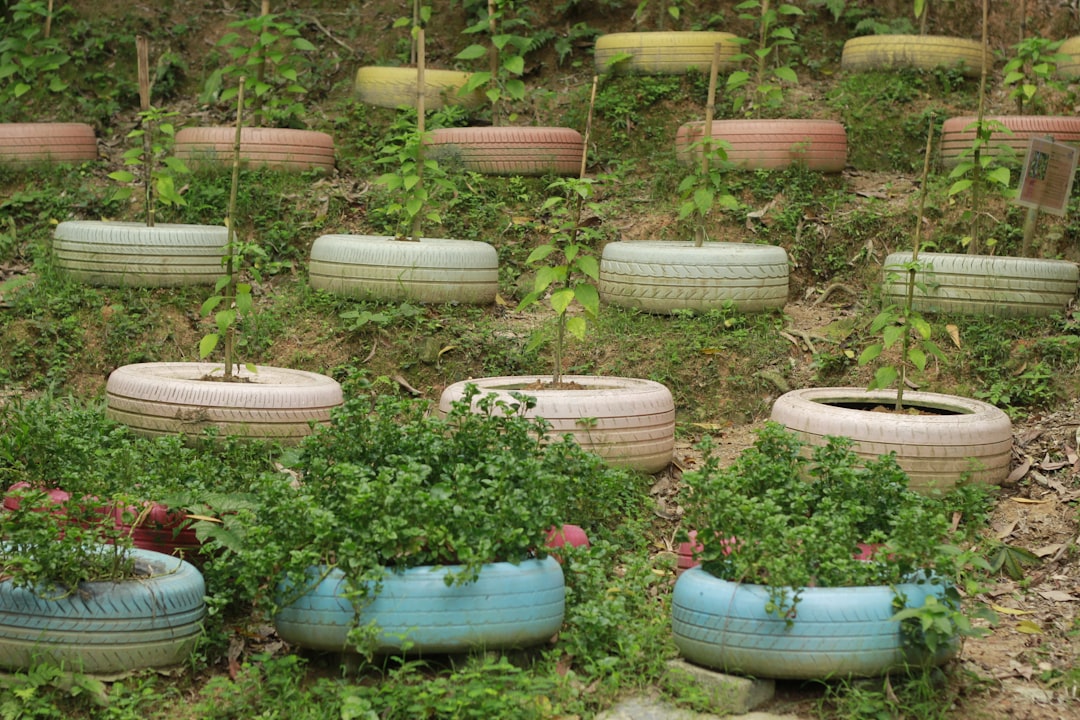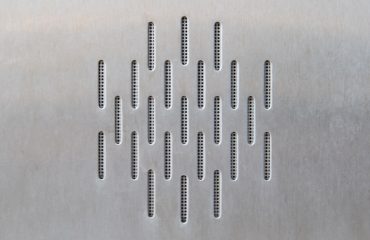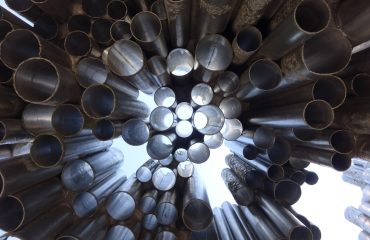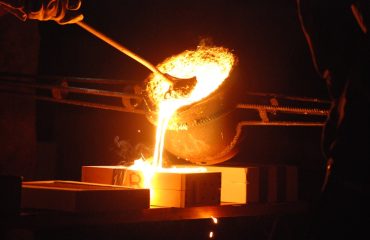body {
font-family: sans-serif;
line-height: 1.6;
}
h1, h2, h3 {
color: #333;
}
Selecting the right piping system for a chemical plant is a critical decision impacting safety, efficiency, and operational lifespan. This intricate process requires careful consideration of numerous factors, extending beyond simple diameter and length. This comprehensive guide delves into the key aspects of chemical plant pipe selection, ensuring you navigate this complex landscape effectively.
1. Material Selection: The Cornerstone of Chemical Plant Piping
The choice of pipe material is paramount, dictated primarily by the chemical substances being transported. Different materials exhibit varying degrees of resistance to corrosion, erosion, and chemical attack. Common materials include:
- Stainless Steel (304, 316, etc.): Offers excellent corrosion resistance in many chemical environments, making it suitable for a wide range of applications. The specific grade (e.g., 316 for higher chloride resistance) is crucial.
- Carbon Steel: A cost-effective option for applications involving non-corrosive substances. However, it requires protective coatings or linings in corrosive environments.
- Duplex Stainless Steel: Combines the strength of carbon steel with the corrosion resistance of austenitic stainless steel, ideal for high-pressure and corrosive applications.
- PVC, CPVC, and other Plastics: Suitable for certain chemicals and lower-pressure applications, offering excellent corrosion resistance but limited temperature and pressure capabilities.
- Nickel Alloys (Monel, Inconel): Used in highly corrosive environments where stainless steel is insufficient, offering exceptional resistance to various acids and alkalis. These are typically more expensive.
- Hastelloy: A family of nickel-based alloys known for exceptional resistance to highly corrosive chemicals, particularly those involving oxidizing agents.
- Material Selection (as discussed above): Choosing a material inherently resistant to the specific chemicals is the primary defense.
- Protective Coatings and Linings: Applying coatings like epoxy, polyurethane, or specialized linings (e.g., PTFE) to the pipe’s inner surface can provide an additional barrier against corrosion.
- Cathodic Protection: An electrochemical technique that protects a metal surface from corrosion by making it the cathode of an electrochemical cell.
- Corrosion Inhibitors: Adding chemicals to the transported fluid can slow down the corrosion process.
- Regular Inspection and Maintenance: Frequent inspections can detect corrosion early, allowing for timely repairs and preventing catastrophic failures.
- Operating Pressure: The maximum pressure the system will experience during normal operation.
- Design Pressure: A higher pressure rating that accounts for safety factors and potential pressure surges.
- Pipe Schedule: Indicates the pipe wall thickness, influencing pressure rating. Higher schedules mean thicker walls and higher pressure resistance.
- Fluid Velocity: Excessive velocity can cause erosion and increased pressure drop. Proper flow calculations are essential to optimize velocity and minimize these issues.
- Fluid Density and Viscosity: These properties influence pressure drop and require accurate calculations for proper pipe sizing.
- ASME B31.3: Process Piping – Covers design, construction, testing, and inspection of process piping systems.
- API 510: Pressure Vessel Inspection Code – While focused on vessels, it provides relevant information for piping connected to pressure vessels.
- OSHA Regulations: Occupational Safety and Health Administration regulations dictate safety requirements for handling hazardous materials.
- Local and National Regulations: Specific regulations vary by location and must be carefully considered.
- Welding: Provides a strong and permanent joint, suitable for high-pressure applications. Requires skilled welders and adherence to strict welding procedures.
- Flanged Joints: Allow for easier disassembly and maintenance, but require careful gasket selection and torque control to ensure a leak-free seal.
- Threaded Connections: Suitable for lower pressure applications, offering ease of assembly but potentially less robust than welded or flanged connections.
- Compression Fittings: Relatively easy to install and suitable for smaller diameter pipes, but may be less suitable for high-pressure or corrosive applications.
Material selection must also consider factors like temperature, pressure, and the potential for stress corrosion cracking. Material compatibility charts and expert consultation are essential for making informed decisions.
2. Corrosion Resistance: Mitigating Chemical Degradation
Corrosion is a significant concern in chemical plants, leading to leaks, equipment failure, and safety hazards. Understanding the corrosive nature of the handled chemicals is fundamental. Methods to mitigate corrosion include:
3. Pressure Ratings and Flow Calculations: Ensuring System Integrity
Piping systems must withstand the operating pressures and flow rates of the chemical processes. Accurate pressure rating calculations are critical to prevent leaks and ruptures. Factors to consider include:
4. Regulatory Compliance and Safety Standards: Adhering to Industry Best Practices
Chemical plants operate under stringent safety regulations to minimize environmental risks and protect workers. Pipe selection must adhere to relevant codes and standards such as:
Compliance requires meticulous documentation, including material certifications, pressure testing reports, and adherence to welding procedures.
5. Joint Selection and Installation: Securing Leak-Free Connections
Proper joint selection and installation are crucial for leak-free operation and safety. Various methods exist, each with its strengths and limitations:
The selection of jointing methods must consider the pipe material, operating pressure, and the nature of the transported chemicals. Proper installation techniques are essential to prevent leaks and ensure system integrity.
By carefully considering these factors, chemical plant operators can select the optimal piping system, maximizing safety, efficiency, and the lifespan of their facilities. This detailed approach minimizes risks, ensures regulatory compliance, and contributes to the overall success of the chemical plant operation.
SEO Tags:
Chemical Plant Piping, Pipe Material Selection, Corrosion Resistance Piping, Process Piping Design, Chemical Plant Safety




